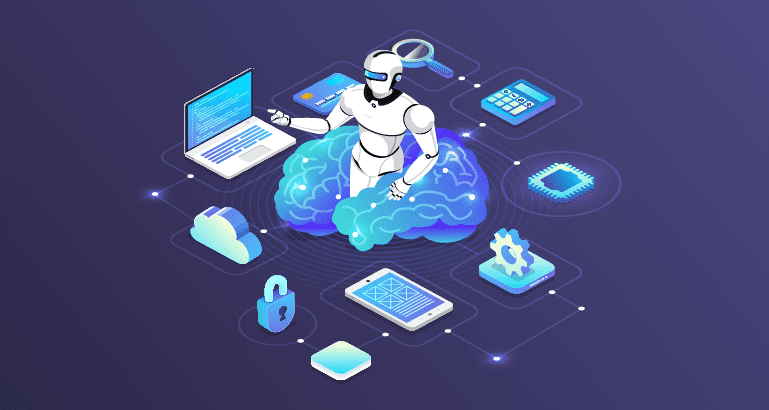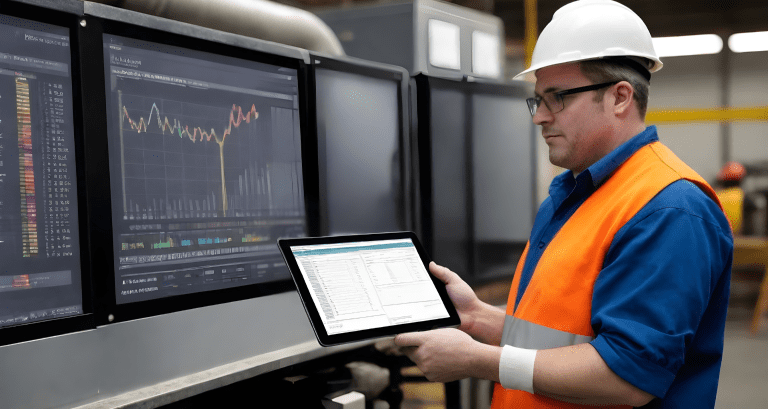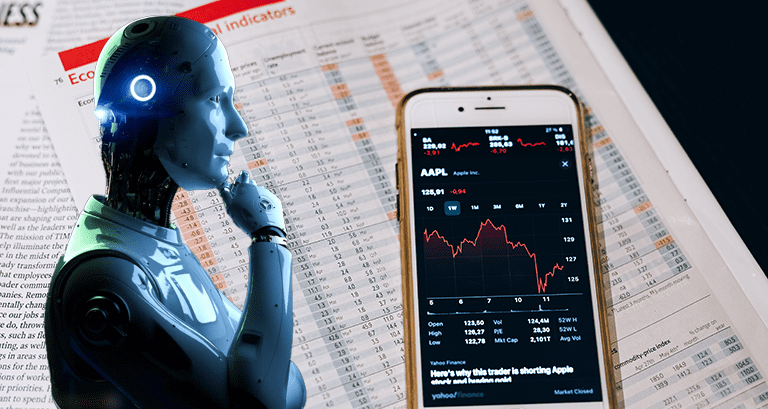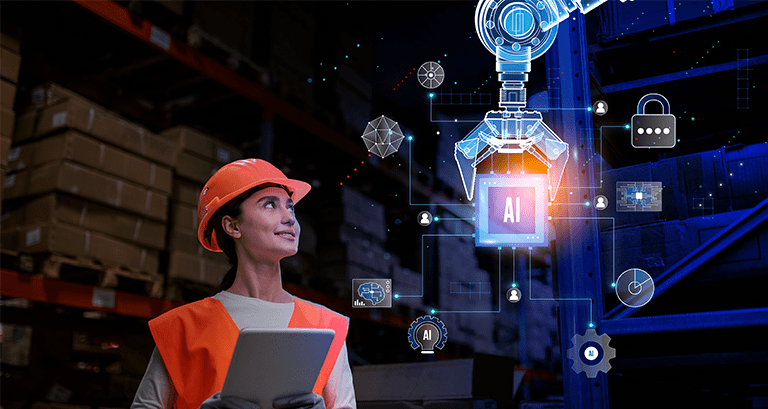Tokenization of Off-Chain Assets
Overview
Tokenization of off-chain assets, also known as OCAs, is a rapidly evolving and dynamic space within the blockchain industry. Off-chain tokenization refers to the process of representing a real-world asset or item as a digital token on a blockchain platform, but the ownership and transfer of these tokens are managed and recorded outside of the blockchain network itself. In other words, the details of the token, such as ownership and transaction history, are maintained off the main blockchain, often in a separate, centralized database or ledger.
The Concept of Tokenizing OCAs
Tokenization refers to the process of converting tangible assets, such as real estate, art, or even commodities, into digital tokens. These tokens are then stored and traded on a blockchain network. By tokenizing OCAs, individuals gain the ability to represent and transfer ownership of these assets in a secure and efficient manner.
Types of Assets that can be Tokenized
The potential for tokenizing OCAs is vast and encompasses a wide range of asset classes. Some examples of OCAs that can be tokenized include:
- Real Estate: Residential properties, commercial buildings, and even undeveloped land can be transformed into digital tokens, allowing for fractional ownership and increased liquidity.
- Precious Metals: Assets like gold, silver, and platinum can be tokenized, enabling investors to easily trade and transfer ownership of these valuable commodities.
- Art and Collectibles: Tokenizing artwork and collectibles unlocks new opportunities for investors to diversify their portfolios and easily trade these assets.
- Intellectual Property: Tokenizing intellectual property rights enables creators and inventors to monetize their ideas in a transparent and secure manner.
- Infrastructure Projects: By tokenizing infrastructure projects, individuals can invest in large-scale developments and enjoy the benefits of steady returns.
How Off-Chain Asset Tokenization Works?
While specific tokenization processes may differ depending on the platform or project, there are some general steps involved in the tokenization of off-chain assets:
- Asset Evaluation: This initial step requires a thorough assessment of the asset's value and legal rights. This evaluation helps determine the tokenization structure and potential benefits for stakeholders.
- Legal and Regulatory Compliance: Tokenizing OCAs requires compliance with existing legal and regulatory frameworks. This step ensures that the process adheres to applicable laws and protects the rights of all involved parties.
- Token Creation: This step involves the technical process of creating digital tokens that represent ownership of the off-chain assets. Smart contracts are typically utilized to automate token creation and issuance.
- Token Offering: Once the tokens are created, they can be offered to investors through various means, such as initial coin offerings (ICOs), security token offerings (STOs), or private placements.
- Trading and Liquidity: After the token offering, the tokens can be traded on secondary markets, providing liquidity to investors. This facilitates seamless transferability and enhances the value of the tokenized OCAs.
Advantages of Tokenized OCAs
- Increased Liquidity: One of the most significant advantages is the increased liquidity it provides for traditionally illiquid assets, such as real estate or private equity. By tokenizing these assets, they can be divided into smaller, more easily tradable units, making it easier for investors to buy and sell them.
- Fractional Ownership: Tokenization allows for fractional ownership of assets. This means that multiple investors can own a portion of an asset, enabling broader participation in investments that might have had high minimum investment requirements previously.
- 24/7 Trading: Tokenized assets can be traded 24/7 on blockchain-based platforms, which is a significant departure from traditional financial markets that have set trading hours. This can lead to increased flexibility for investors and potentially faster transactions.
- Reduced Transaction Costs: Tokenization can reduce the costs associated with asset trading and management. This includes lower fees for intermediaries, reduced paperwork, and streamlined administrative processes.
- Transparency: Blockchain technology provides a transparent and immutable ledger of transactions. This transparency can enhance trust between parties involved in asset transactions, as all relevant information is recorded on the blockchain.
- Global Accessibility: Digital tokens are accessible to a global audience, making it easier for investors from around the world to participate in asset markets that were previously limited by geographical barriers.
- Automated Compliance: Smart contracts and blockchain-based systems can automate compliance with legal and regulatory requirements, reducing the risk of non-compliance and associated penalties.
- Faster Settlement: Tokenized assets can facilitate faster settlement times compared to traditional financial systems, where settlements often take days. This can be especially advantageous in reducing counterparty risk.
- Improved Ownership Tracking: Blockchain technology provides a tamper-resistant record of ownership, making it easier to track the ownership history of an asset. This can simplify due diligence processes for potential buyers.
- Diversification Opportunities: Investors can diversify their portfolios more easily by gaining exposure to a broader range of asset classes and geographic regions through tokenized assets.
- Lower Barrier to Entry: Tokenization can lower the barrier to entry for both asset owners and investors, democratizing access to various investment opportunities.
Conclusion
In conclusion, the tokenization of off-chain assets presents an exciting frontier for the financial, real, and crypto economies. By digitizing and representing these assets as tokens on the blockchain, we can unlock greater liquidity, accessibility, and transparency. While there are still hurdles to overcome, influential players in the industry are already actively contributing to the expansion of this transformative trend. Having diligently studied blockchain and its practical applications since its inception, we possess in-depth knowledge of the off-chain asset tokenization process for real assets. Engage with our team of blockchain specialists to unlock new opportunities and possibilities.
About Author
Mohit Kataria
Mohit, a career entrepreneur with 21+ years of experience, specializes in conceptualizing large scale analytics initiatives and driving them to success. He co-founded Manthan Research & Analytics, later acquired by M3 and rebranded as m360 Research. He excels in building and scaling high performance teams.








